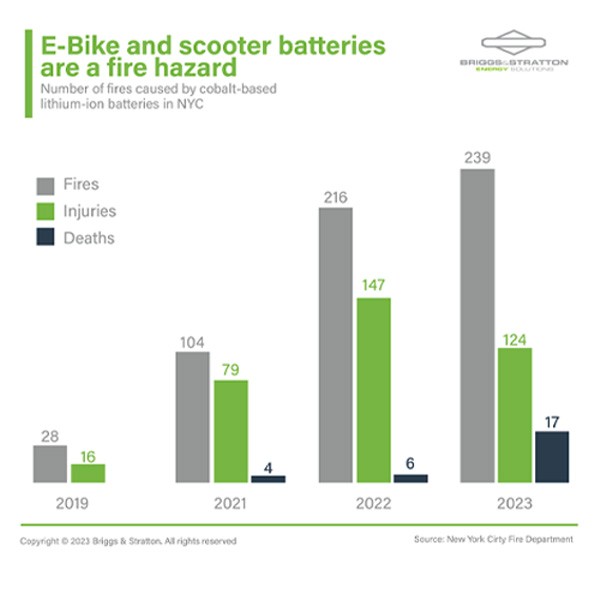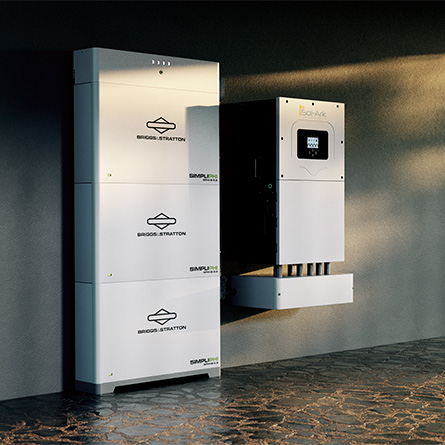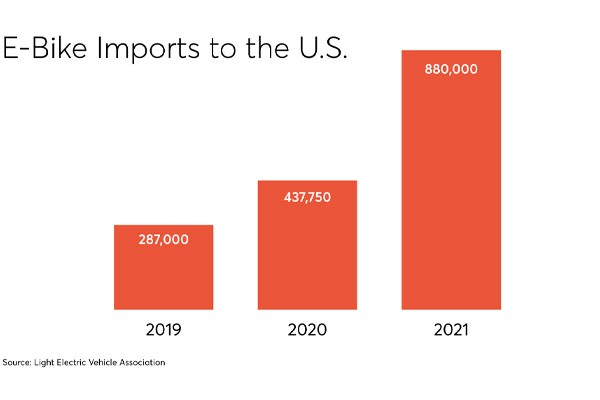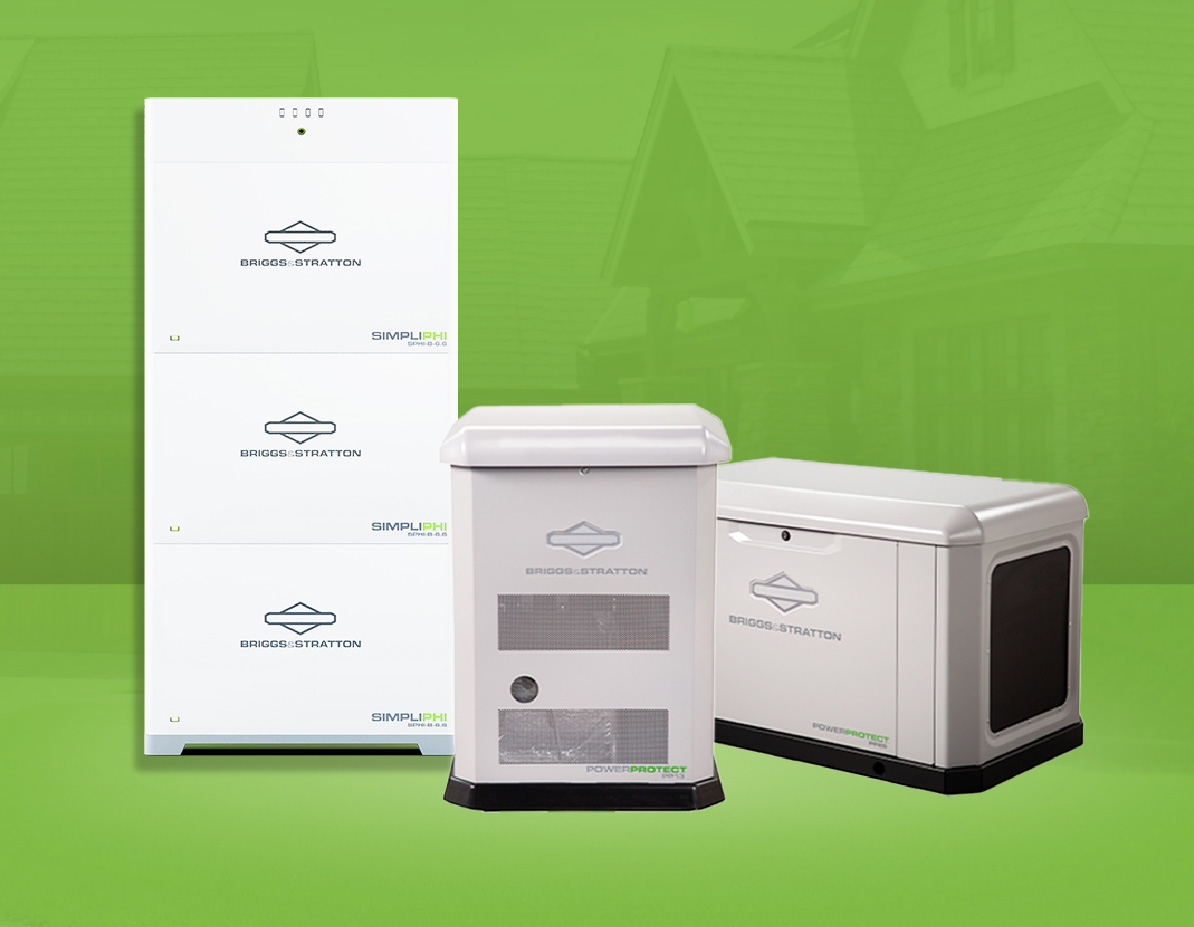New York City has its share of dangers. One that has emerged in recent years, claiming lives and destroying property, is battery fires. As of late 2023, the city has seen 239 battery fires that claimed the lives of 17 people, all from cobalt-based lithium-ion batteries, according to New York City Fire Department (FDNY) Commissioner Laura Kavanagh.
Recent fire incidents involving e-bikes and scooters, such as the tragic Brooklyn Fire, have highlighted the risks associated with certain lithium-ion batteries. This article aims to shed light on these dangers and explore safer alternatives like lithium ferro phosphate (LFP) batteries.
Why are e-bikes and scooters catching fire?
There are various reasons batteries can catch fire. If the battery is damaged, unstable, improperly charged, stored, or disposed of, it can overheat and explode, creating a serious fire that emits toxic fluoride gas emissions. When lithium-ion batteries catch fire, they can be challenging to extinguish as they spread readily and tend to reignite. Cheaply manufactured batteries often lack crucial UL safety standards and safety mechanisms, leading to devastating consequences.
Battery overcharging is a common issue with cheaper e-bikes and scooters. UL introduced a standard for electric bikes in 2020. However, the process is time-consuming and expensive. Meanwhile, lower-cost imports are rushing to the American market.
LFP batteries are less prone to thermal runaway events, which is why electric cars are starting to implement a transition from lithium-ion to LFP. Their stability and lower risk of overheating make them a promising solution to this growing urban threat.

Imagine a lithium-ion battery in a busy city. Like a city has traffic flowing through its streets, a battery has an electric current. In an ideal situation, this "traffic" (or current) moves smoothly, and the battery works as it should, powering the devices.
However, if the battery is damaged, overcharged or exposed to extremely high temperatures, it's like a traffic jam in a crowded city. This traffic jam leads to a buildup of heat. When heat builds up in a battery, it causes the internal materials to break down and generate even more heat.
This is where "thermal runaway" comes into play. It's as if the traffic jams are worsening and spreading throughout the entire city, causing chaos. As heat generates more heat in the battery, it becomes a self-engulfing scenario. The temperature inside the battery rises uncontrollably, leading to the battery swelling, leaking, catching fire or even exploding.
In short, thermal runaway in a battery is a potentially dangerous chain reaction of heat buildup that can cause severe damage and safety hazards. It's like a small problem in traffic flow turning into a full-blown city-wide gridlock but with much more severe consequences.
The Briggs & Stratton Solution
After researching the battery storage industry, Briggs & Stratton purchased SimpliPhi Power in 2021. SimpliPhi Power was a pioneer in LFP battery chemistry and one of the first to bring LFP home battery systems to the market. One significant advantage of LFP batteries is their thermal and chemical stability, significantly improving safety. The material used in LFP batteries, LiFePO4, is intrinsically more stable and less prone to explosion or fire from misuse or structural damage, unlike other lithium-ion chemistries. This stability is primarily because the P–O bond in the (PO4)3− ion of LFP batteries is stronger than the Co–O bond in the (CoO2)− ion found in other lithium-ion batteries. When subjected to stress, such as short-circuiting or overheating, LFP batteries release oxygen atoms more slowly, reducing the risk of fire or explosion.
In New York City, the FDNY has stringent rules on fire safety for energy storage systems to ensure public safety in the densely populated urban area. For a product to be approved by the FDNY, it must first meet safety requirements, prove its safety features and be designed to prevent thermal runaway fires.
After extensive testing and evaluation by Intertek, a Nationally Recognized Testing Laboratory (NRTL), Briggs & Stratton's SimpliPHI Battery achieved UL 9540 Certification for its cell, battery module and large unit levels. Furthermore, SimpliPHI successfully underwent UL 9540A fire safety testing conducted by UL, another respected NRTL.
The non-reactive nature of LFP batteries and their structural and thermal stability make them a safer choice, especially for use in dense urban environments like New York City. This aligns with the FDNY's safety standards and is why Briggs & Stratton LFP batteries have been approved safe by the FDNY to support the city's efforts to prevent fire hazards related to battery usage. Briggs & Stratton batteries are recognized for producing minimal heat and having a lower risk of thermal runaway, eliminating the need for additional fire suppression, cooling or ventilation systems.
Briggs & Stratton New York Battery Storage Projects
Beyond the recognition by the FDNY, Briggs & Stratton is actively involved in six municipal projects across New York City in collaboration with Solar One and Accord Power. A noteworthy example is the solar and storage installation at the Brooklyn Public Library's Coney Island Branch. This project includes a 21 kW roof-mounted solar PV system paired with 19 kWh Briggs & Stratton SimpliPHI batteries. The initiative, funded by the New York State Governor's Office of Storm Recovery, was a response to the widespread damage from Superstorm Sandy.
The Importance of Investing in Safety
Prioritizing safety in battery design builds consumer trust in new battery technologies by eliminating the risk of accidents. The long-term benefits of this investment will resonate across industries and communities, promoting a safer urban environment. Implementing LFP batteries can help mitigate these risks.

Ready to experience true energy independence?
Request a consultation with a Briggs & Stratton dealer or installer near you by clicking the button below.





